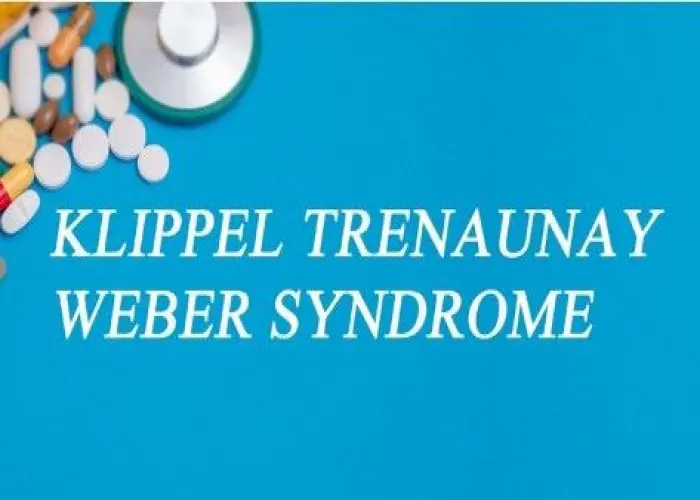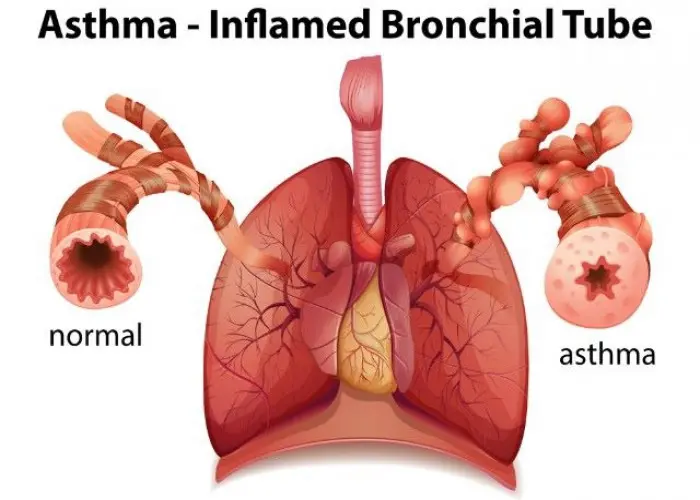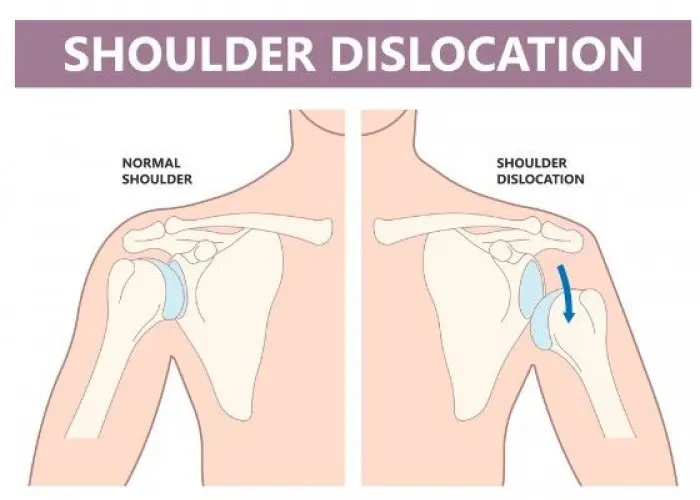 Welcome
Welcome
“May all be happy, may all be healed, may all be at peace and may no one ever suffer."
Klippel-Trenaunay syndrome

Klippel-Trenaunay syndrome (KTS) is a rare congenital disorder that is characterized by a triad of symptoms: port-wine stain birthmark, abnormal overgrowth of soft tissues and bones, and varicose veins. The severity of symptoms can vary widely among affected individuals.
The port-wine stain birthmark is a dark red or purple mark that usually appears on one side of the body and is present at birth. The abnormal overgrowth of soft tissues and bones can cause limb or facial asymmetry, and the varicose veins can cause pain, swelling, and blood clots.
The cause of Klippel-Trenaunay syndrome is not yet fully understood, but it is believed to be related to the abnormal development of blood vessels and/or lymphatic vessels during fetal development. In many cases, the condition occurs sporadically, with no family history of the disorder. However, some cases may be inherited in an autosomal dominant pattern.
There is no cure for Klippel-Trenaunay syndrome, but treatment can help manage symptoms. This may include compression therapy to reduce swelling, laser treatment to improve the appearance of the port-wine stain birthmark, and surgery to remove or reduce overgrown tissues or to correct skeletal abnormalities. Physical therapy may also be recommended to help with mobility and function.
Research Papers
Disease Signs and Symptoms
- Deeper abnormal veins in the arms, legs, abdomen and pelvis can occur.
- This begins in infancy and is usually limited to one leg, but it can occur in an arm or, rarely, in the trunk or face.
- KTS can also include cataracts, glaucoma, hip dislocation at birth and blood-clotting problems.
Disease Causes
Klippel-Trenaunay syndrome
KTS is a genetic disorder. It involves genetic changes (mutations), most commonly in the PIK3CA gene. This gene is responsible for the growth of cells and the development of tissues in the body. A change in this gene results in overgrowth of tissues.
KTS is not usually inherited. The gene changes occur randomly during cell division in early development before birth.
Disease Prevents
Disease Treatments
Although there's no cure for KTS, your doctor can help you manage symptoms and prevent complications.
Because KTS may affect many systems in the body, your health care team may include specialists in vascular medicine and surgery, skin diseases (dermatology), interventional radiology, orthopedic surgery, physical therapy and rehabilitation, and other areas as needed.
You and your doctor can work together to determine which of the following treatments are most appropriate for you. Treatments may include:
- Compression therapy. Bandages or elastic garments are wrapped around affected limbs to help prevent swelling, problems with varicose veins and skin ulcers. These bandages or elastic garments often need to be custom-fit. Intermittent pneumatic compression devices — leg or arm sleeves that automatically inflate and deflate at set intervals — may be used.
- Skin care. Skin hygiene of the affected limb can reduce infection risk and be part of treatment for superficial bleeding.
- Physical therapy. Massage, compression and limb movement as appropriate may help relieve lymphedema in arms or legs and swelling of the blood vessels.
- Orthopedic devices. These may include orthopedic shoes or shoe inserts to compensate for differences in leg length.
- Epiphysiodesis (ep-ih-fiz-e-OD-uh-sis). This is an orthopedic surgical procedure that effectively can stop length overgrowth of the lower limb.
- Embolization. This procedure, performed through small catheters placed into the veins or arteries, blocks blood flow to certain blood vessels.
- Laser therapy. This procedure may be used to remove or lighten port-wine stains and to treat leaking and bleeding blebs on the skin.
- Laser or radiofrequency ablation of veins. This minimally invasive procedure is used to close off malformed veins.
- MR-guided ablation. Blood vessels are treated with a laser or cautery under MRI guidance.
- Sclerotherapy. A solution is injected into a vein, which creates scar tissue that helps close the vein.
- Surgery. In some cases, surgical removal or reconstruction of affected veins, removal of excess tissue, and correction of the overgrowth of bone may be beneficial.
- Medication. Some people have benefited from oral medications that may help to treat complex vascular and lymphatic malformations that cause symptoms. But these drugs may have significant side effects that require monitoring. Topical sirolimus may help relieve symptoms of superficial vascular malformations. Studies are ongoing to determine the effectiveness and safety of these medications in people with KTS.
In addition, treatment may be needed for complications such as bleeding, infection, blood clots or skin ulcers. Special care may be needed during pregnancy to prevent complications.
Disease Diagnoses
Disease Allopathic Generics
Disease Ayurvedic Generics
Disease Homeopathic Generics
Disease yoga
Klippel-Trenaunay syndrome and Learn More about Diseases

Exercise-induced asthma

Dislocated shoulder

Concussion

Cough headaches

Indigestion

Elevated blood pressure

Jet lag disorder

Somatic symptom disorder
Klippel-Trenaunay syndrome, kts, ক্লিপেল-ট্রেনওয়ে সিনড্রোম, কেটিএস
To be happy, beautiful, healthy, wealthy, hale and long-lived stay with DM3S.
